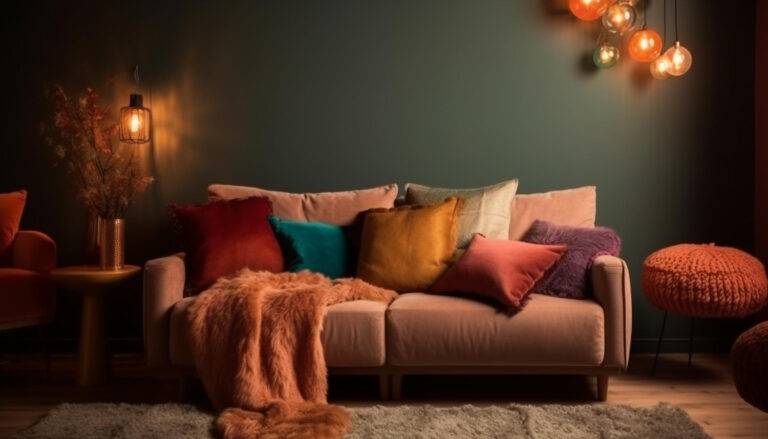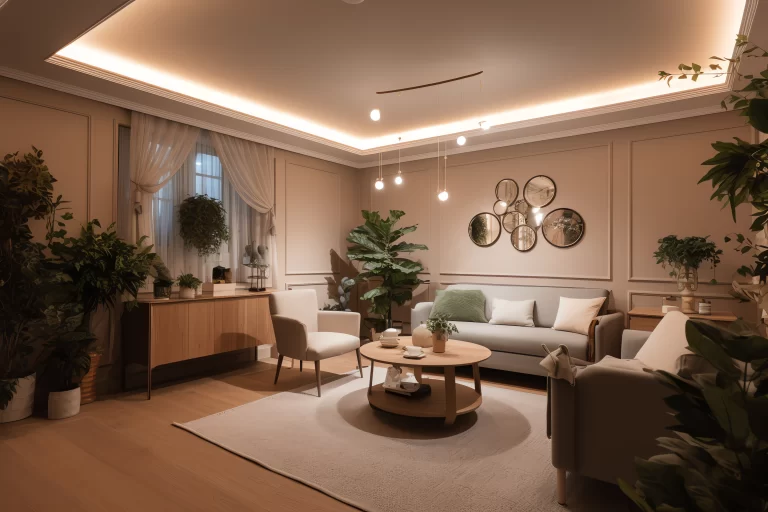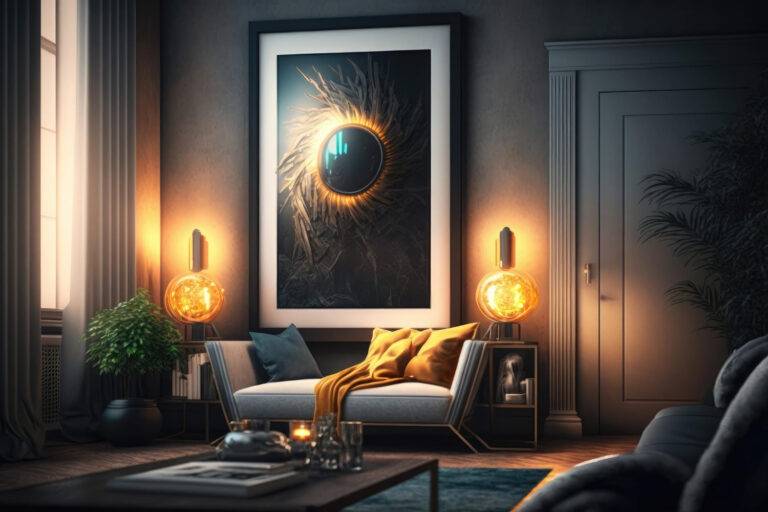Beautiful designs are seldom just a product of imagination or the outcome of an idea. They are most often a product of carefully planned design elements selected to produce a visual demonstration of an idea or imagination.
Interior designing is more than just selecting the shade of paint or arranging the furniture in the house. It is about bringing to life an aesthetic idea/concept using every individual component of a room/area, to create harmony among the elements and help them come together in a final product that is explicitly exceptional. In order to be able to use every area of a house to our advantage, we need to know the basic principles of interior design that come into play.
In this article we will look at five basic principles of interior design that most well-designed homes incorporate. These elements work in synchrony to create a dramatic and stunning space that is not just pleasing to the eye, but is also functional for those who live in it. These principles of interior design should always be used as a guide in choosing everything.
The basic elements of interior design are color, space, form, line and texture. These principles of design help us understand how to use these elements and how they add to our overall blueprint.
Balance
Balance is as much about feelings as it is about good designs. A good design balance conveys a sense of unity and equilibrium. To be more precise, balance is a part of the design that invokes a feeling of harmony in a room. Balance makes sure that nothing feels peculiar, askew or uneven.
A well-balanced room gives careful attention to allocating every bit and piece according to their visual weight. The elements of line, form, color and texture all help determine an object’s visual weight, which is basically the amount of space it seems to occupy. Balance also refers to how and where you place the elements (line, form, color and texture) within a room. In order to maintain balance, all the elements are often distributed throughout the room.
Balance can be described in three different ways:
- Symmetrical or formal: Traditional or formal spaces ask for symmetrical balance where the space is equally distributed into two sides that echo each other. For example, two sofas on either side of a coffee table can be said to be symmetrically balanced. This kind of balance is easy to achieve as design elements are repeated on each side. However, this can become monotonous and boring if not done judiciously.
- Asymmetrical or Informal: The visual weights of lines, colors, forms, and textures are balanced without exact replication. It is not as methodical as symmetrical balance and can be more multidimensional and attention-grabbing. For instance, having a sofa with an end table on one side with a floor lamp on the other.
- Radial balance: This balance is achieved by arranging different pieces of design around a center point. An example would be a round dining table, with chairs arranged around it. There is a lot of repetition of form, texture, and color in this.
Emphasis
Emphasis is the focal point/anchor of any room. A room where everything gets equal importance will appear either scattered or uninteresting. Emphasis is what first catches the eye when a person enters the room. The focal point should stand out as one enters the room; it is the space that instantly grabs attention. Whichever is highlighted, as the center of interest – be it a fireplace, artwork or a window framing a beautiful view. It must be adequately accentuated so that everything else leads the eye toward the featured space. Emphasis can be added to a natural focal point or can be created in a room through successful use of line, form, color and texture.
Rhythm
Rhythm in interior designing is all about creating patterns of repetition and contrast to create visual curiosity. This can be achieved by using the same color or shape at different intervals. Rhythm helps the eye to move easily from one object to another and creates a harmony that tells the eye everything in the room belongs to an interconnected whole.
Rhythm is fashioned through repetition of line, form, color or texture. For example, a designer can establish a rhythm by using a color in the pillows, repeating it in a painting, and echoing it again in a carpet. It can also be created through progression. Progressive rhythm is a measured increasing or decreasing in size, direction or color.
Proportion and Scale
The concept of scale and proportion both revolve around how objects fit together in a given space. Proportion refers to how well those objects fit together, whereas Scale refers to how well the pieces fit in your available space.
While this is the most mathematical interior design principle, it can be easily identified when something looks out of place. For example, it is inapt to pair a small love-seat with a large, overstuffed lounge chair because it would look asymmetrical.
Proportion is present in nature, and artists and architects have used it since long.
Harmony and Unity
Harmony can be defined as consistency/sameness, the belonging of one thing with another. The recurrence of design elements such as colour, texture, shape, and form is one of the easiest ways to accomplish harmony to create uninterrupted flow.
Unity is when the elements in a space combine to make a balanced, harmonious and complete whole. The result is that the space feels perfect and everything works together beautifully. Unity assures a sense of order in any given space.
A well-designed room is a combined whole that incorporates all the other elements and principles of design. Several colors, tints and hues harmonize with different textures, and these elements are articulated in various arrangements. The ultimate goal of decorating a space is to create a room with unity and harmony and a sense of rhythm.
Repeating the elements, balancing them throughout the room, and then adding a little variety so that the room has its own sense of personality, absolutely achieves this purpose. Too much unity can be boring; too much variety can stir a restless feeling. Juggling the elements and interior design principles to get just the right mix is a key to good designing.



